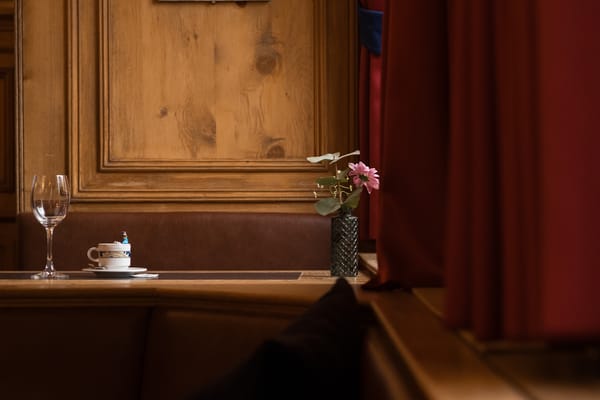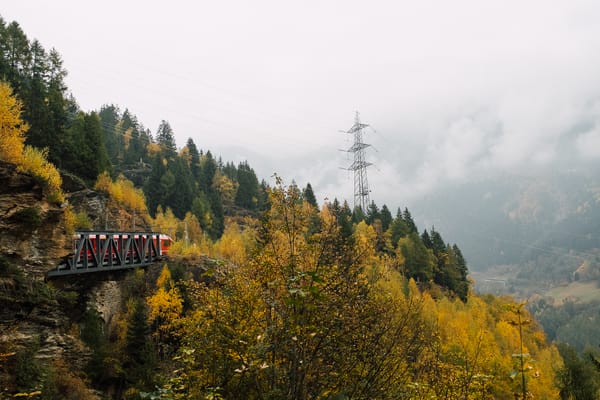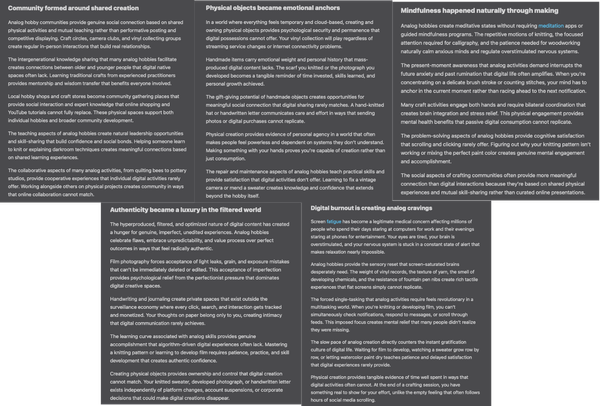Coffee moments in Taiwan
An essay of words & photos from my trip
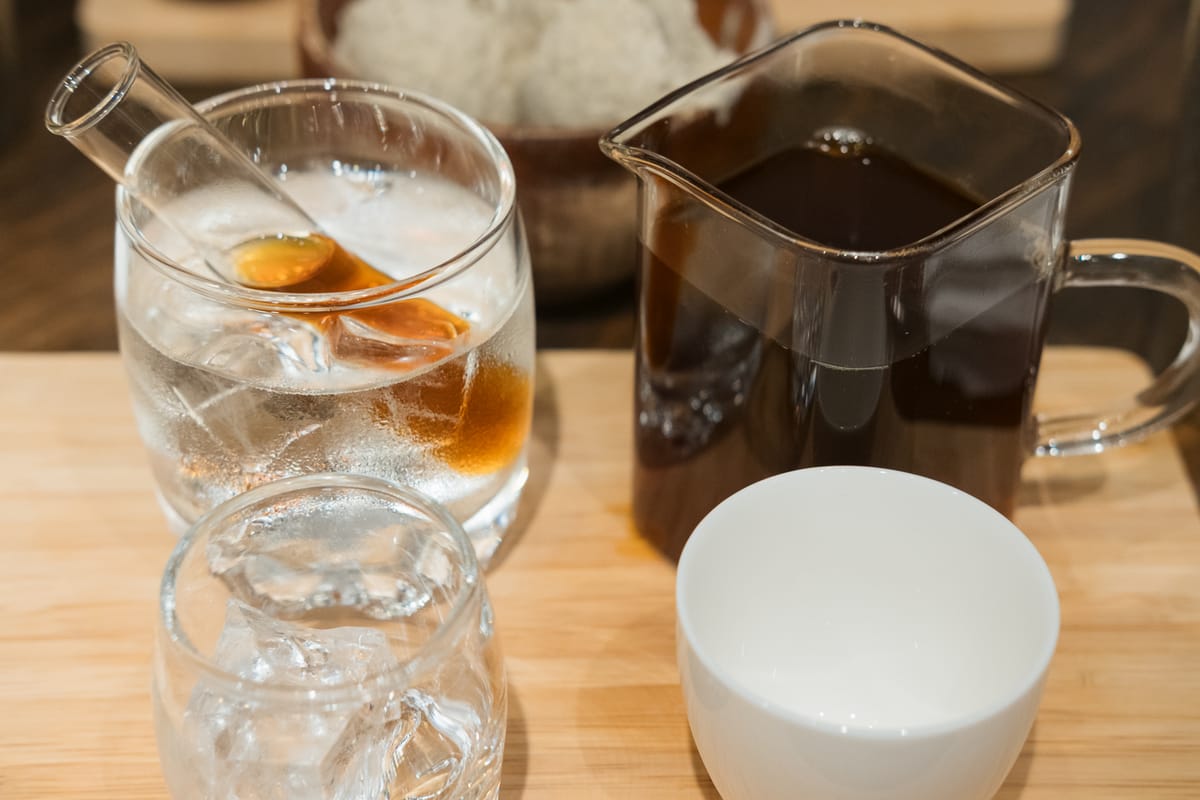

Coffee moments in Taiwan
When people ask me what I do and I say coffee writing & photography, they immediately ask, "So...you take photos of coffee and write reviews about cafes?" Every time, it reminds me that there are many people out there who haven't examined how one of their sustaining beverages can play a distinct role in culture and politics. This being said, I did decide to write about my coffee experiences in Taiwan and share photos. If you're reading my newsletter for the first time, you should know that this photo + words essay is an anomaly in the topic. These are my personal experiences in a handful of cafes and should not be taken as an expert case study of Taiwanese coffee culture.
Despite my documentary approach to photography, I try and get consent before bringing the camera out for people and interior shots. People react differently to a camera vs a smartphone.
I spent the first few days in Chiayi and the remaining time in Taipei. Taipei is much more open to tourism than a decade ago, but this tourism hasn’t quite reached the rest of the cities. So, as much as I wanted to take my camera out, I opted to either enjoy the moment or take a photo with my phone because having a camera out would draw a lot of attention. I honestly haven’t found a good balance yet on this.

In Taiwan, there are tons of specialty cafes around. Like, SO MANY. I was on a time crunch before leaving, so I didn’t do any research on cafes. In fact, I thought for the first few days, I’d be in the middle of nowhere—funeral complexes are usually in more rural locations—only to find out I was staying in a city with at least five shops within a 15-min walking distance. (I was partially right, the funeral complex was in a rural area.)
Unlike in the US, coffee is not what starts your day in Taiwan; it’s freshly made soy milk (hot or cold, and/or lightly sweetened). Fresh almond milk is also an option. One of the hills I would die on, which I’ve had for nearly my entire life, is that if people could taste what fresh soy milk was like, there’d be a revolt against all the Silk and their ilk companies out there that peddle tasteless trash.
In case you don’t remember that coffee isn’t a necessity, the cafe schedules will. Most (except Starbucks) are open 4-5 days a week and when they are, the opening times are either late morning (11 am) or early afternoon (1 pm), and then close at 8-10 pm. It is also not a rushed endeavor. There is no “I need to have my black coffee now, to go” attitude happening. To counteract this, because I’m a useless zombie before my morning coffee, I brought specialty instant. Every place I stayed in had a boiling water kettle or dispenser.
For most of the cafes I visited, it was a sit-down affair. I’d say it’s like restaurant table service, but the restaurant scene there goes from “order at the counter first, then sit down” to “find a table, write your order, and take it up to the counter to place it” to “sit down and order from your table.” Yes, it can be confusing. To make it extra so, when you pay is also up to the restaurant.
My first cafe was at The Coffee Folks. With a small storefront and tiny signage, it was easy to miss. There was also a second floor with additional seating. When you walk in, you’re welcomed by one of the owners of the wife-and-husband team. You have to tell them how many are in your party and then they’ll guide you to a seat. They explained the menu in detail and then handed it to my dad and I to review. We returned to the counter to order and immediately paid in cash (cash is the dominant form of payment). I asked about their dessert and paid again.
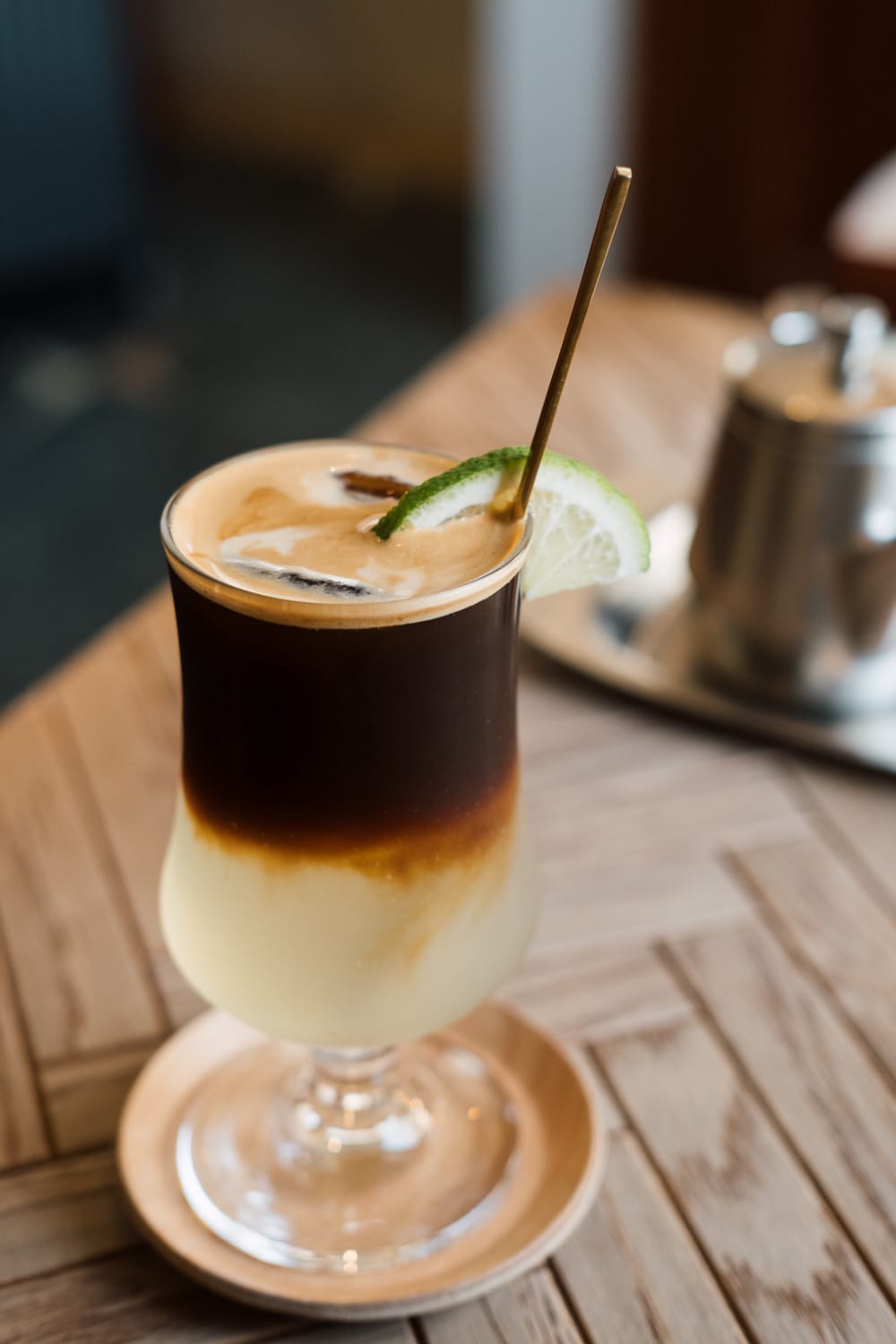
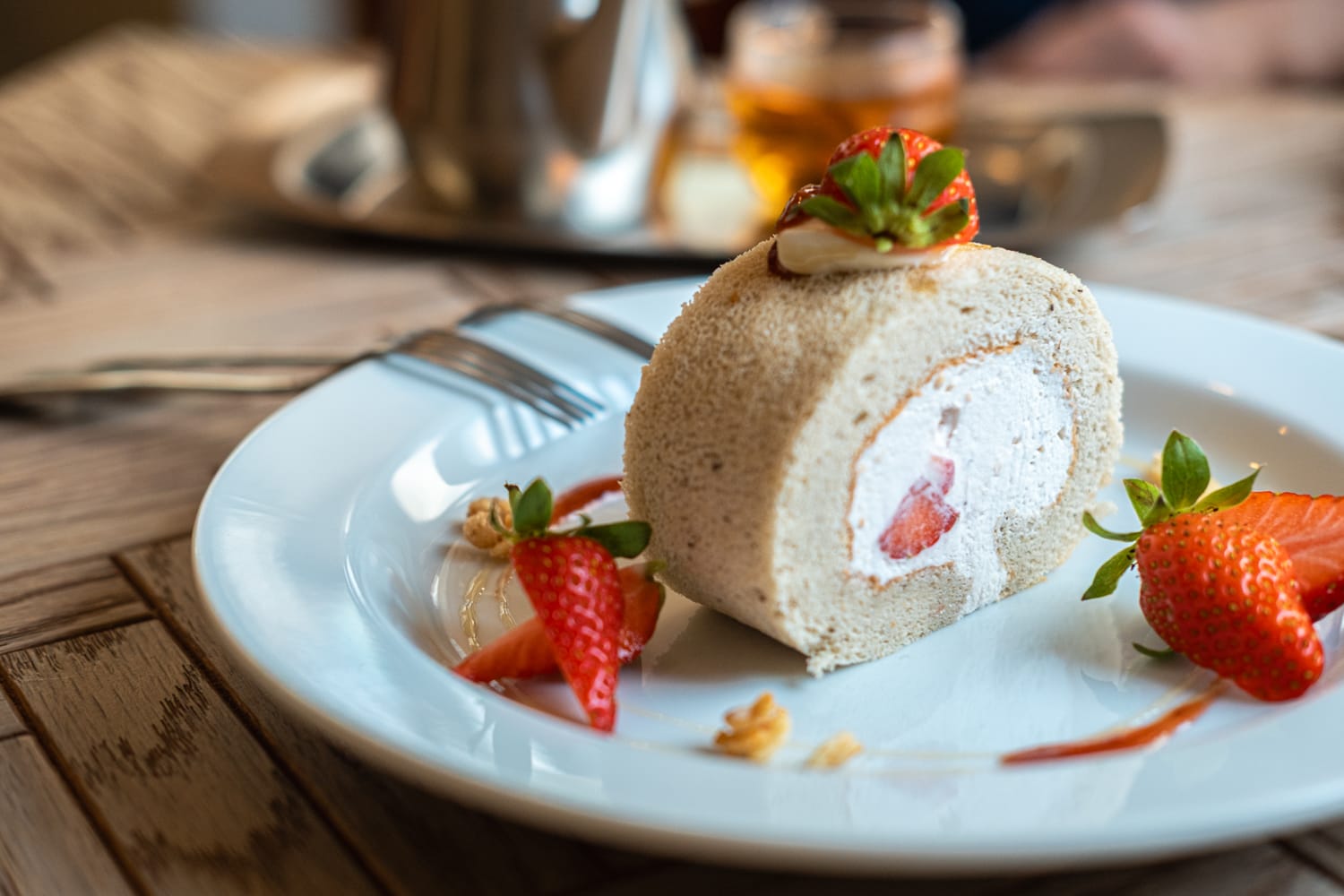
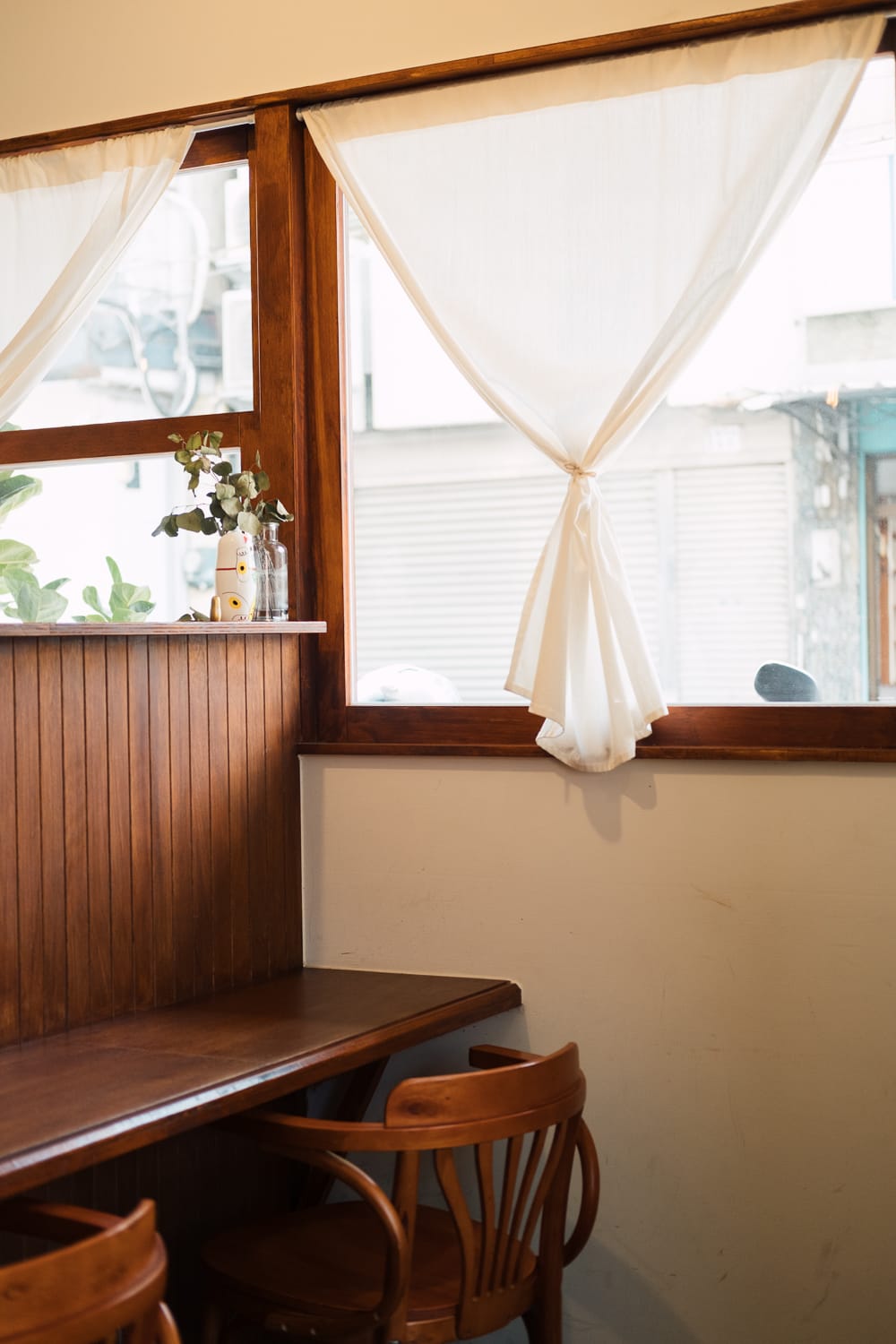
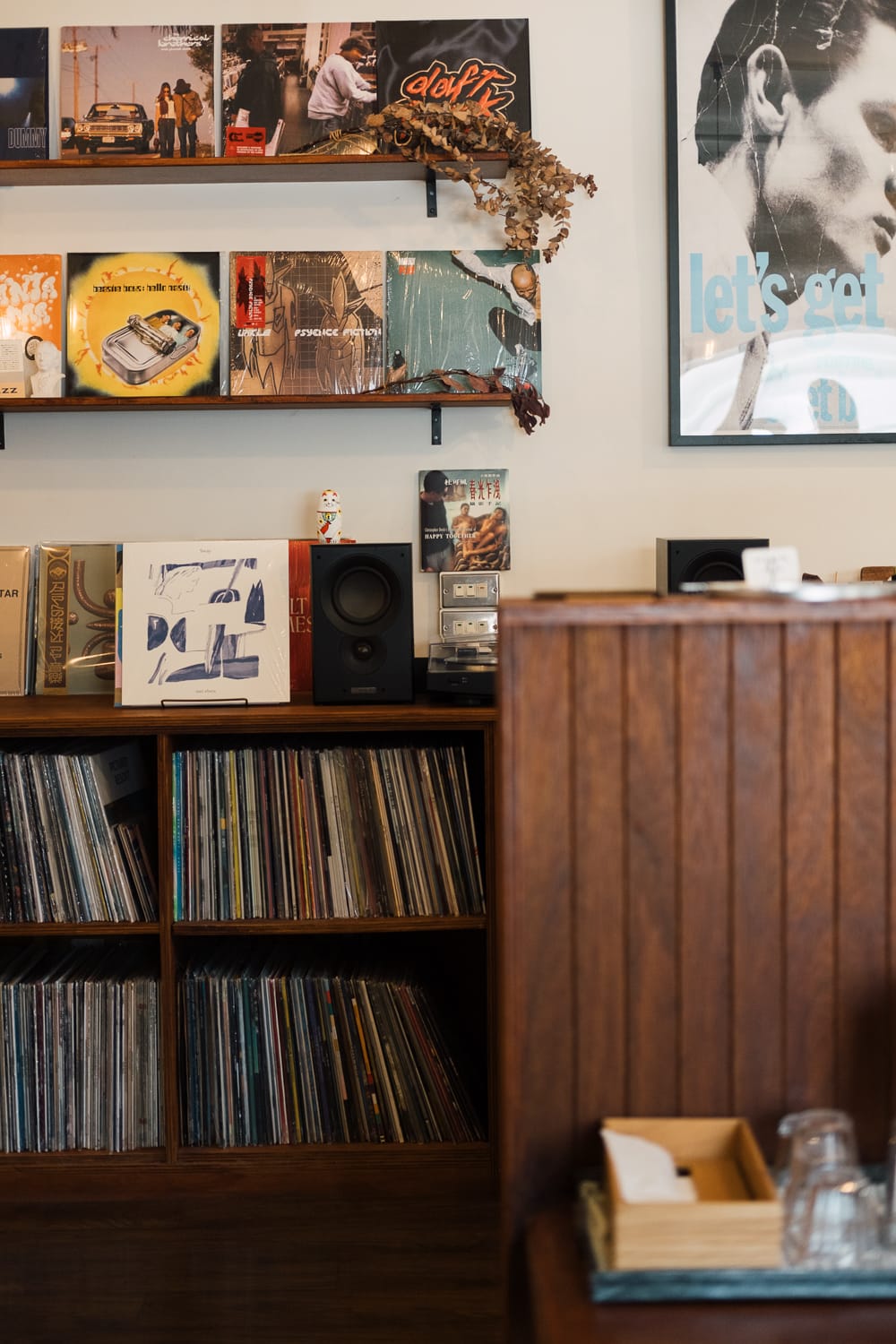
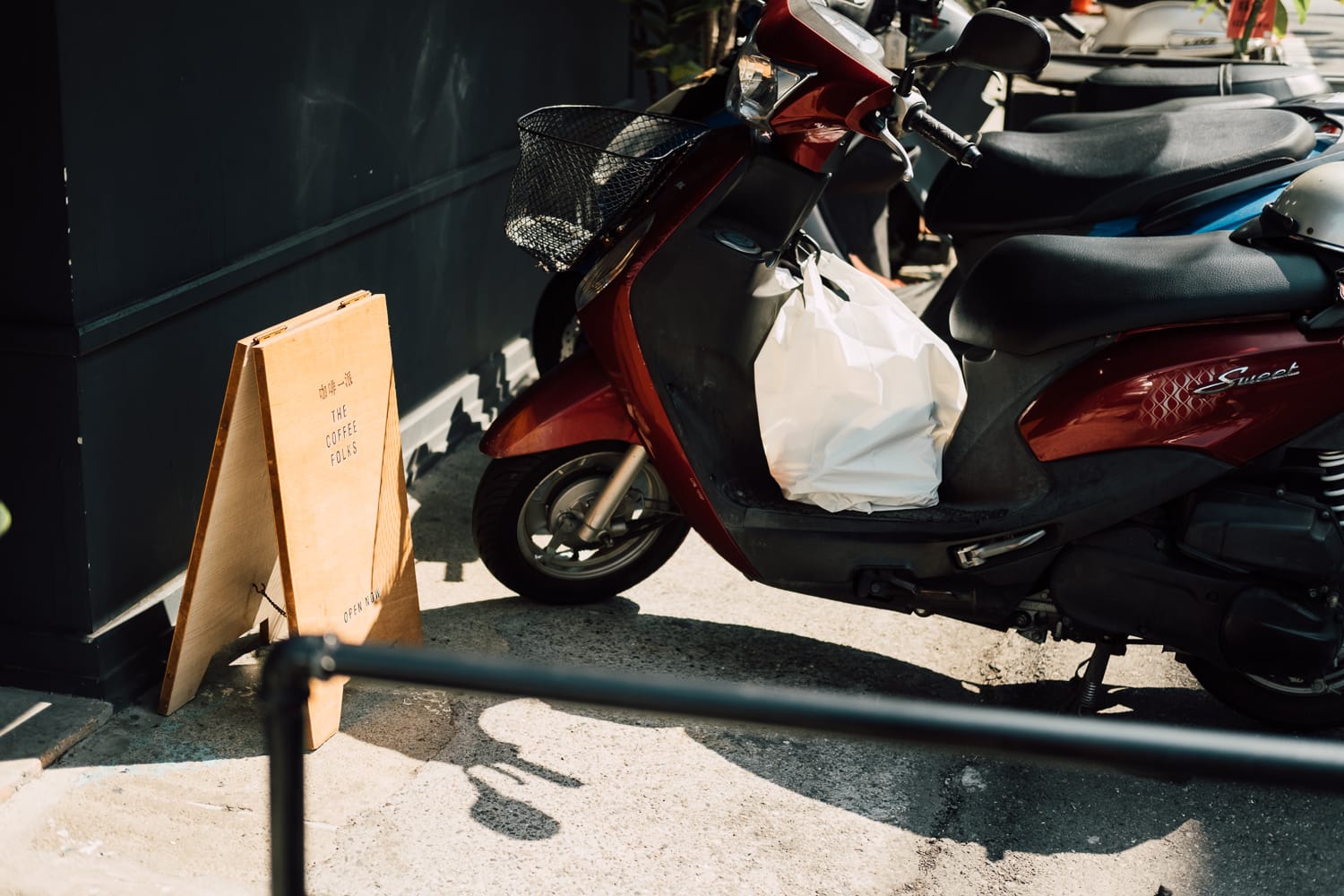
I tried an iced lemon americano, which was more like a limeade with a touch of espresso. The Coffee Folks.
Adding on to how coffee is a treat and not a necessity, there is often a dessert selection. Not pastries. There are cakes of all kinds: Basque cheesecakes, regular cheesecakes, Japanese souffle pancakes, crepe cakes, along with items like pudding and rolls.
Another lovely cafe I visited in Chiayitk was xiaokoupin. All the curtains were drawn and it was a very small space of maybe 10 seats, but they still welcomed my parents and I in, explained the menu, and then took our orders. A separate menu for hand-drip coffee gave origin info, roast level (one coffee was roasted at medium and light), and options for hot or cold. This was the trend for every cafe I went to: roast levels and hot/cold for every coffee.
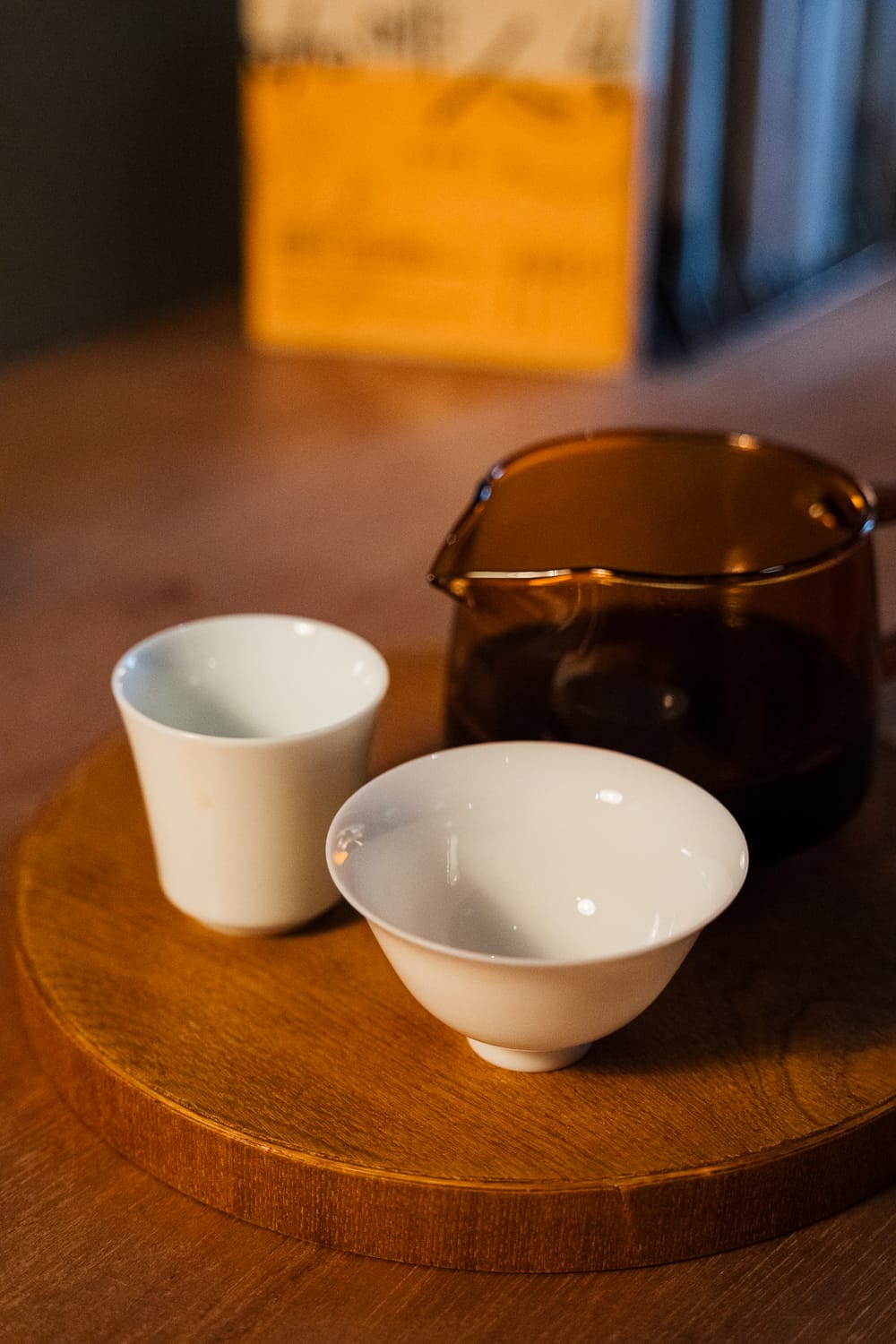
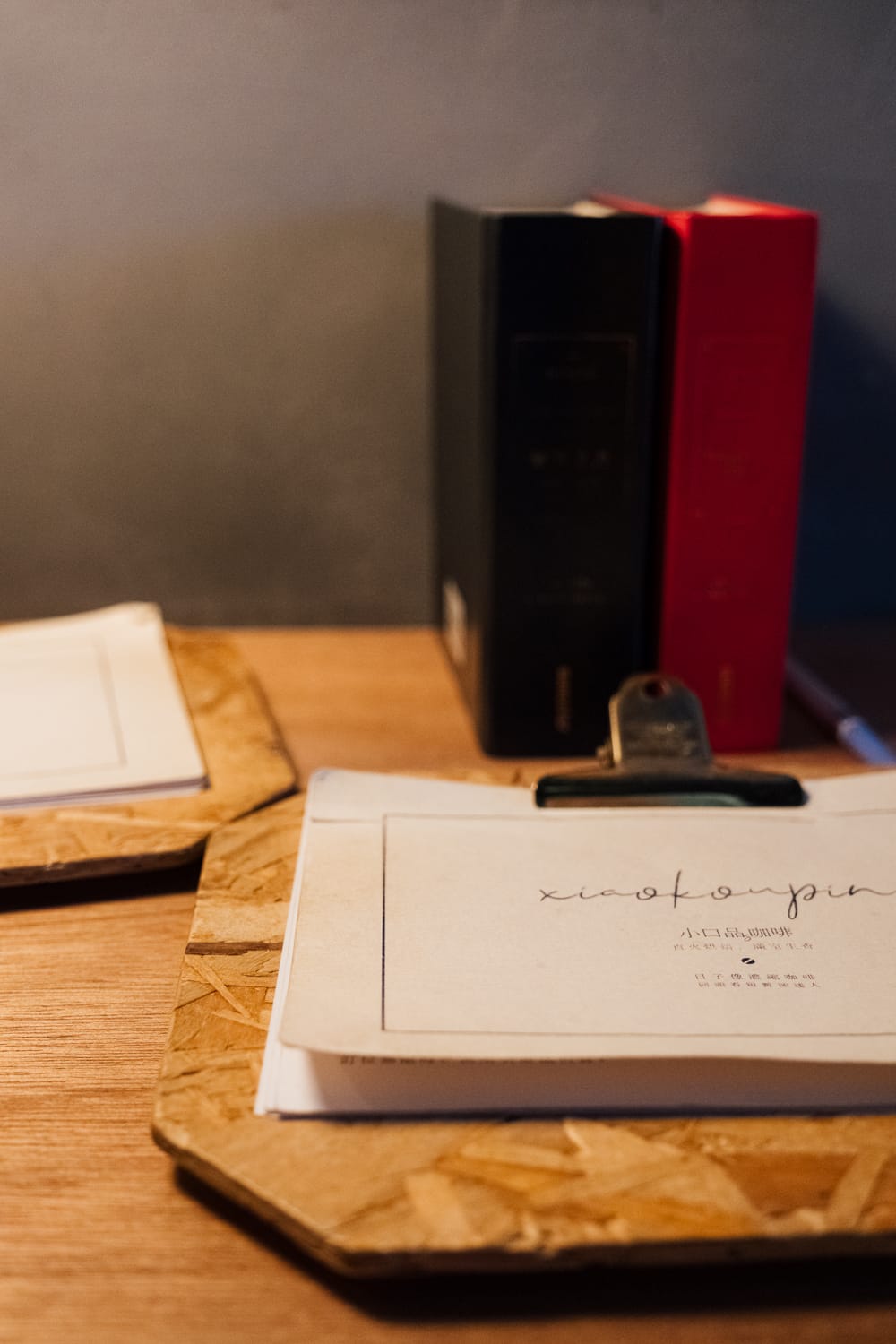
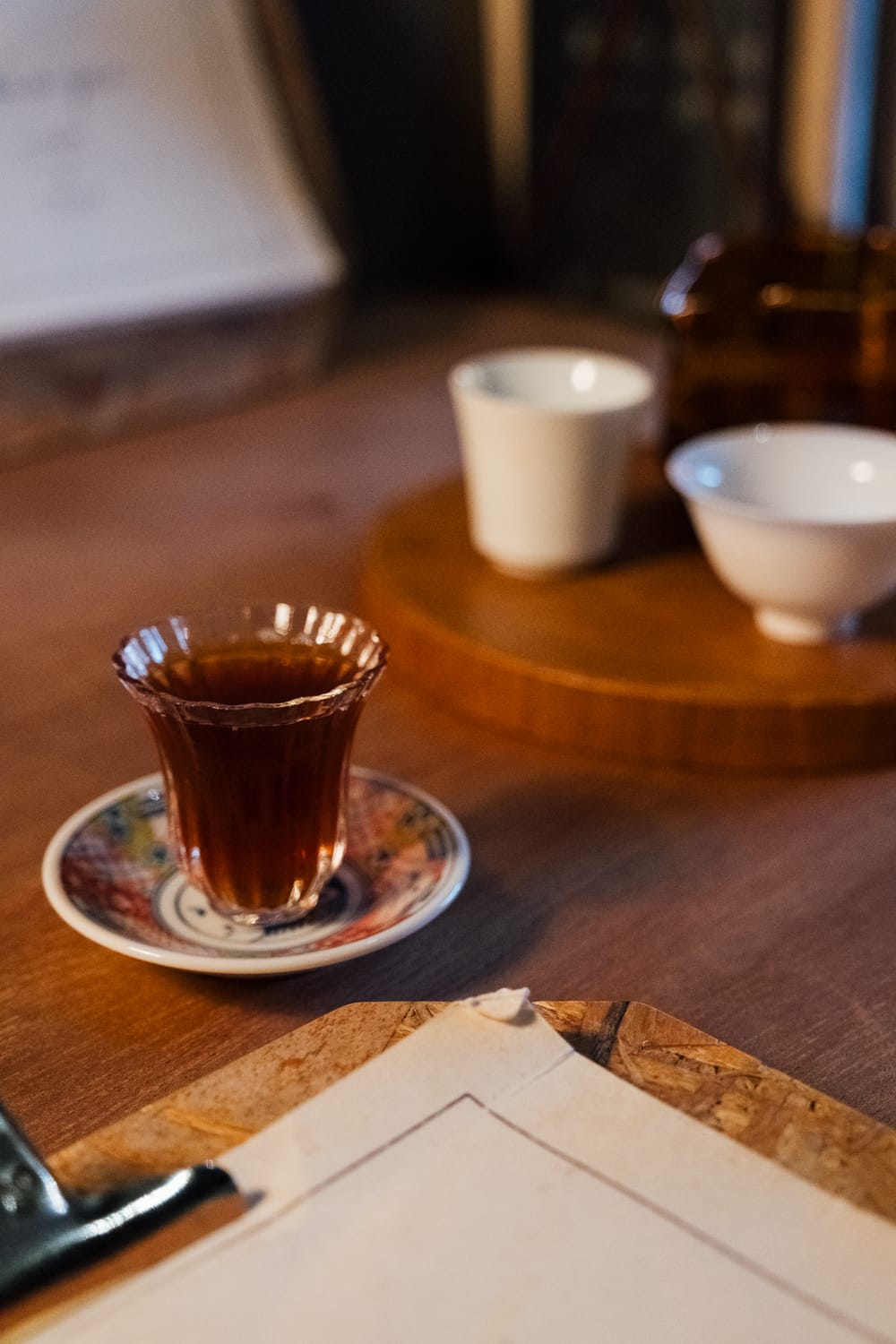
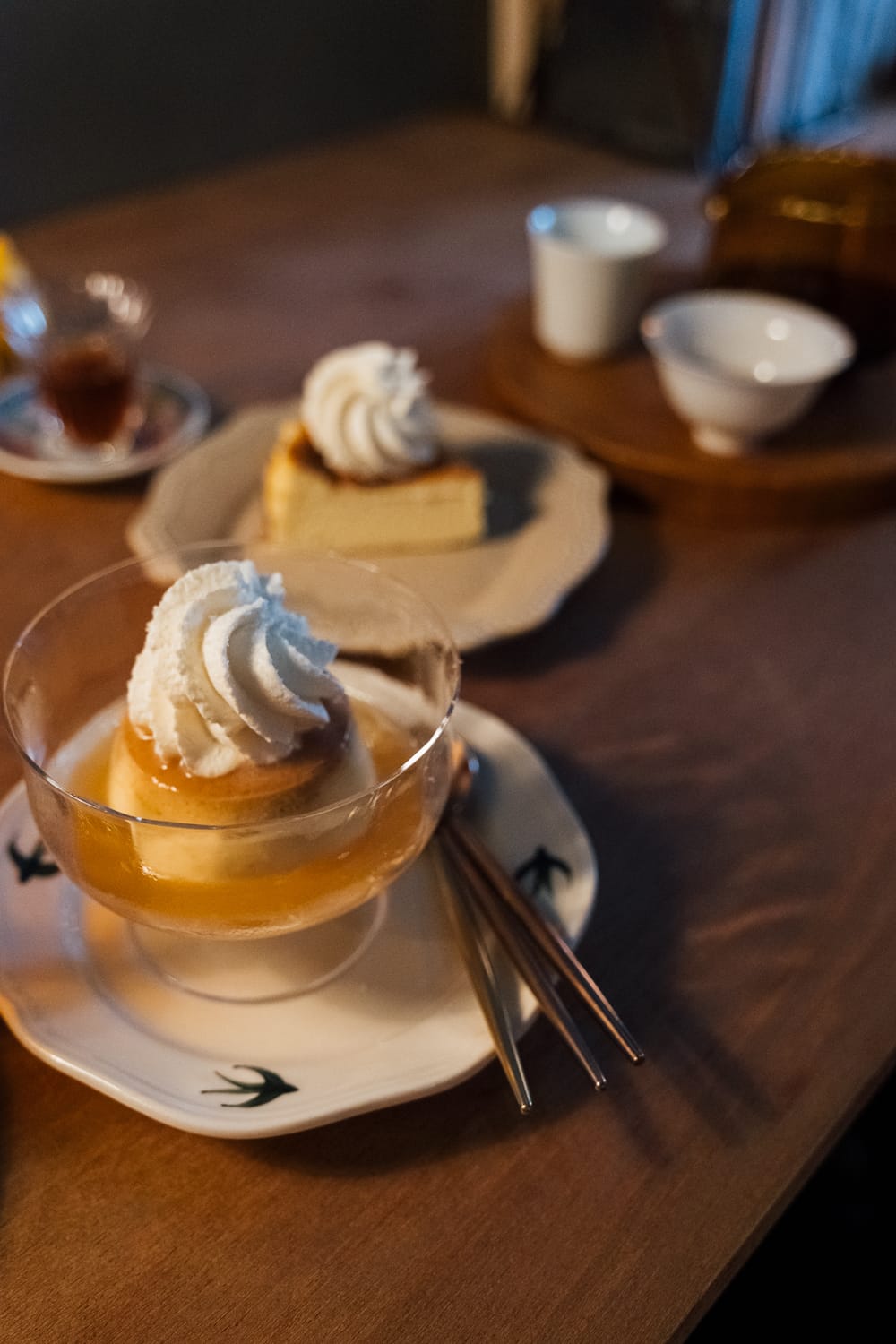
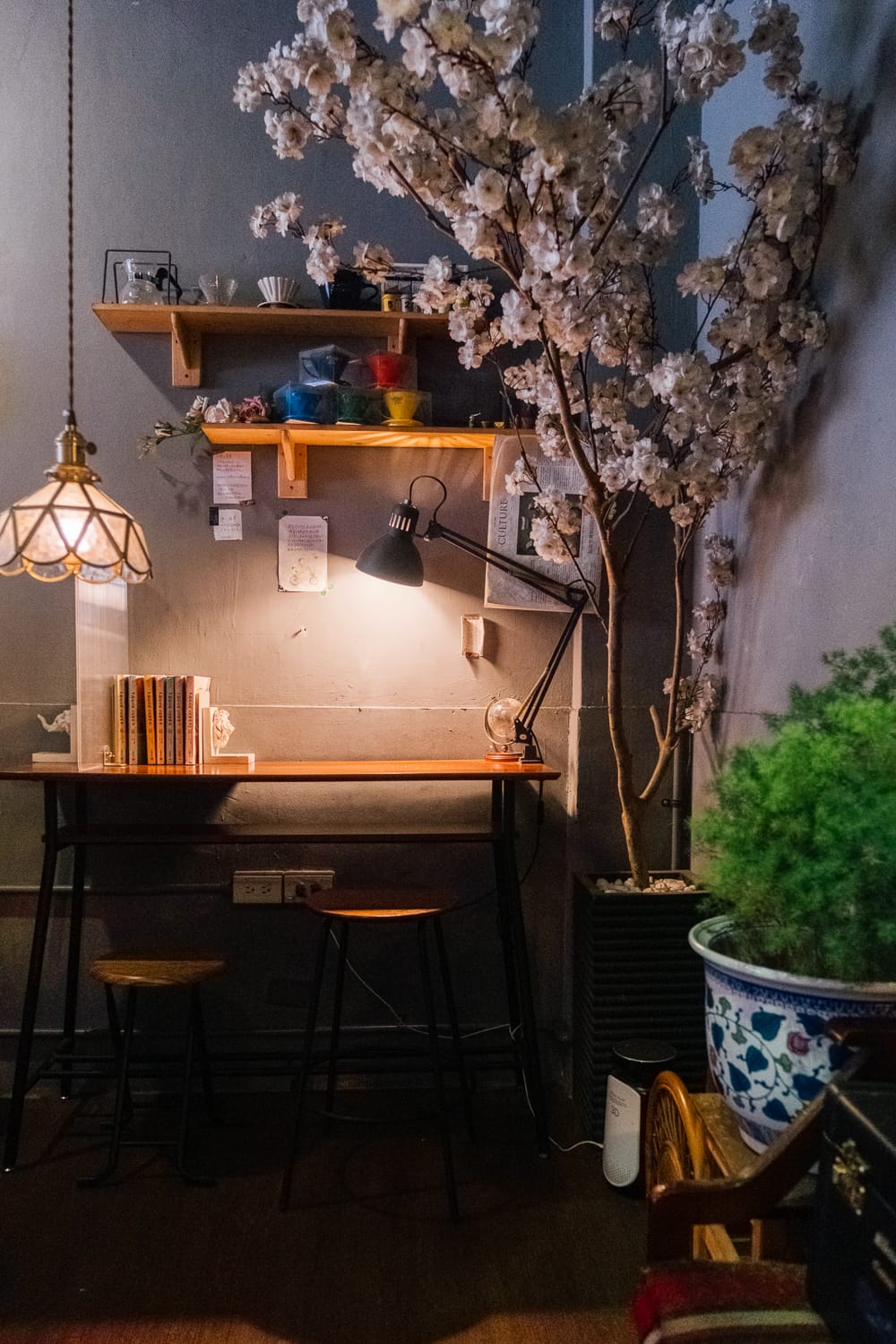
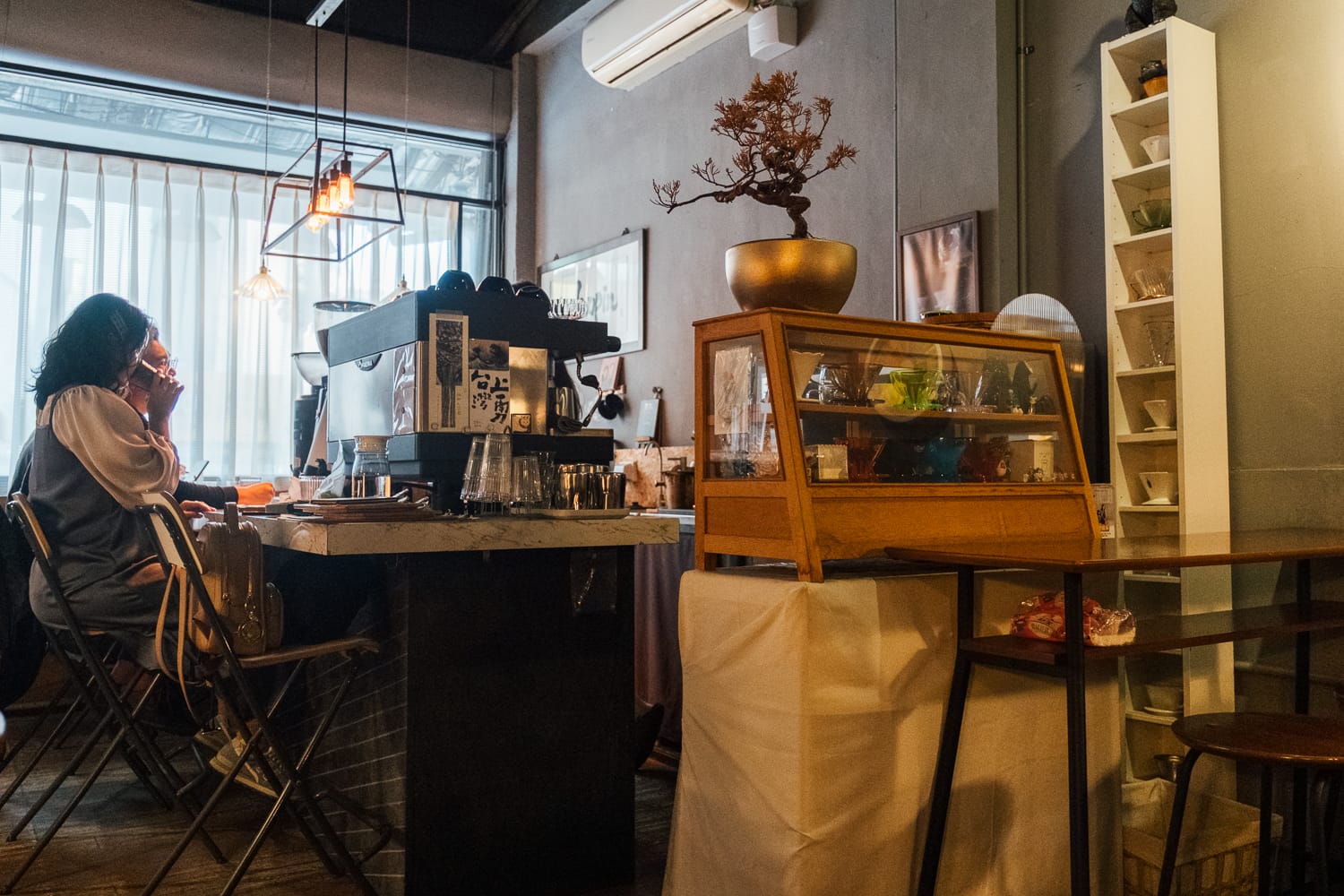
xiaokoupin
The ambiance was very soothing and the pace was s l o w. After grinding the coffee, they brought the dosing cup over for us to smell. From ordering to receiving the brewed coffee, it was around 20 minutes. It was presented on a tray with two differently shaped porcelain cups to alter the flavor perception. And, several minutes later, a cold version was given as a sample.
Next, I was in Taipei and visited Always Day One, which was unexpectedly open early, maybe because it was located by a college for fashion design. It was the most modern-looking cafe I went to (in the sense that you could plop it down in Berlin or Sydney and not look out of place) with all sleek lines, pops of color, and a glass wall separating its roastery from the cafe. I ordered an iced lychee americano, and it had real lychee in it!
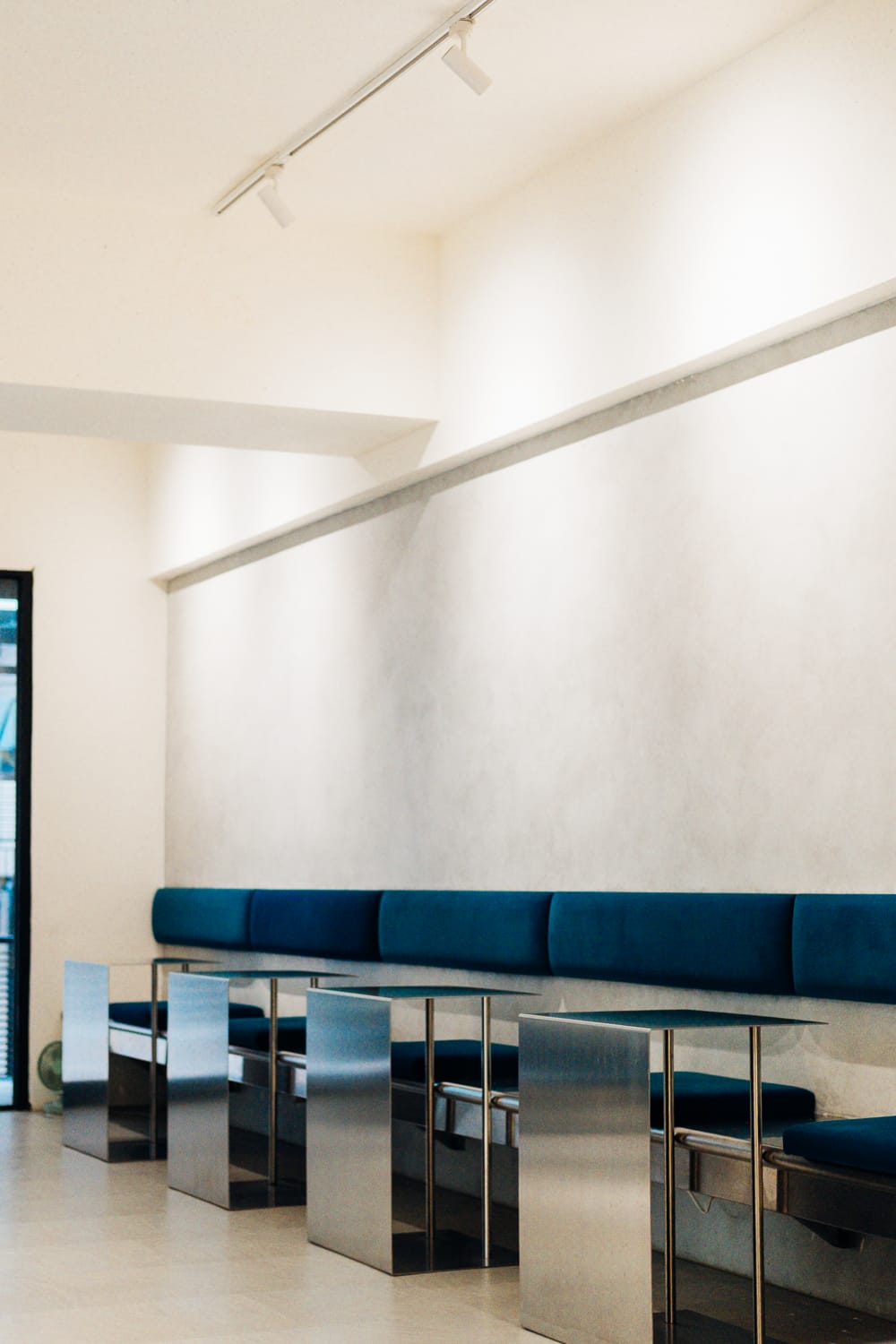
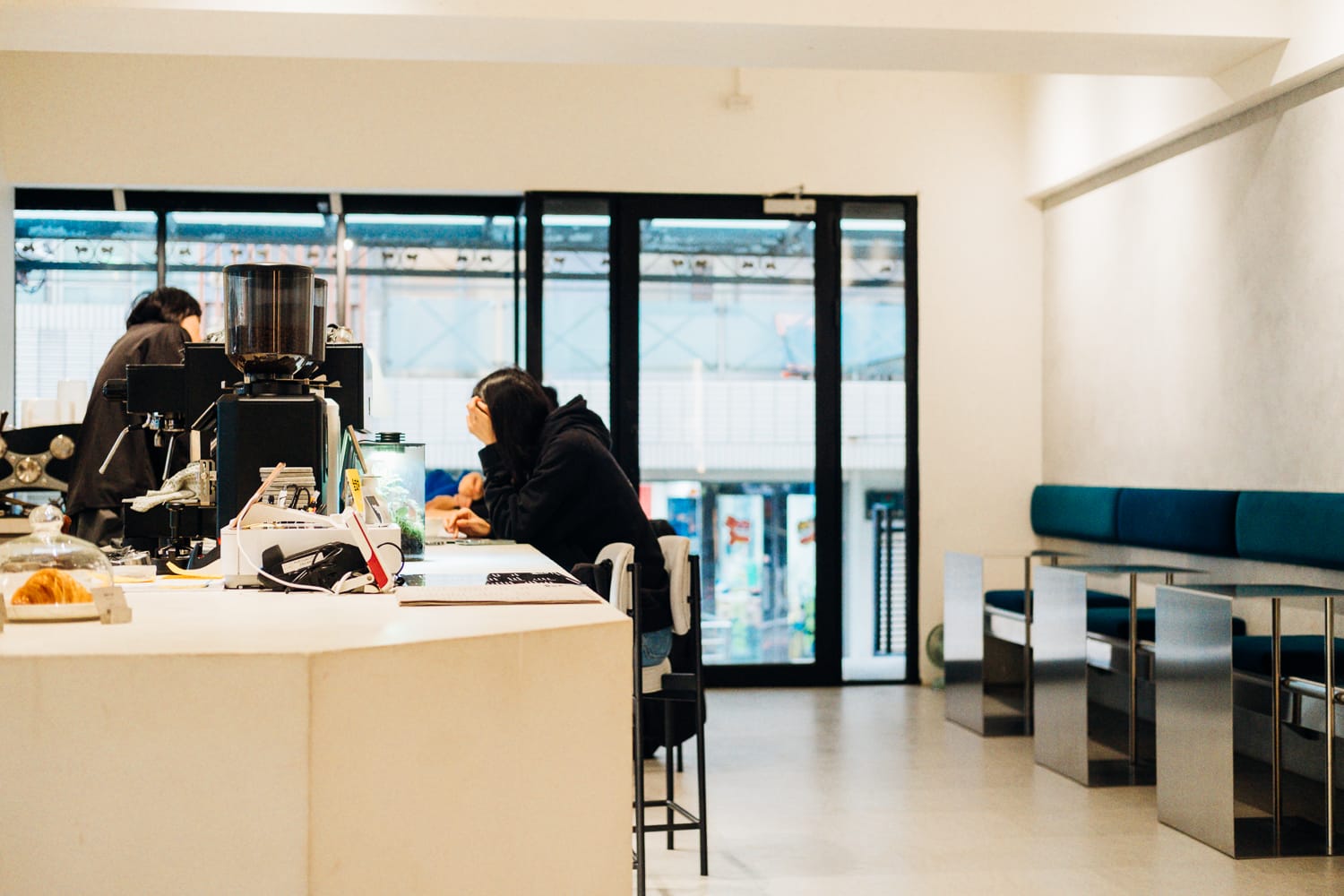
Always Day One
Another cafe I went to in Taiwan was SanFormosan. When we walked in, they seated us on the lower floor. The second floor housed the kitchen and was more dining room-like in appearance. Every worker had an earpiece. So when someone asked where the restroom was, for example, a staff member would let others know that someone was coming up the stairs. My mom and I ordered a coffee and a oolong tea ice cream with ground tea leaves in it, though their menu was large and included full meals. We also made friends with the exchange students next to us and they let me try the salted egg yolk almond ice cream (it was too weak in the salted egg yolk flavor and let the almond take over).
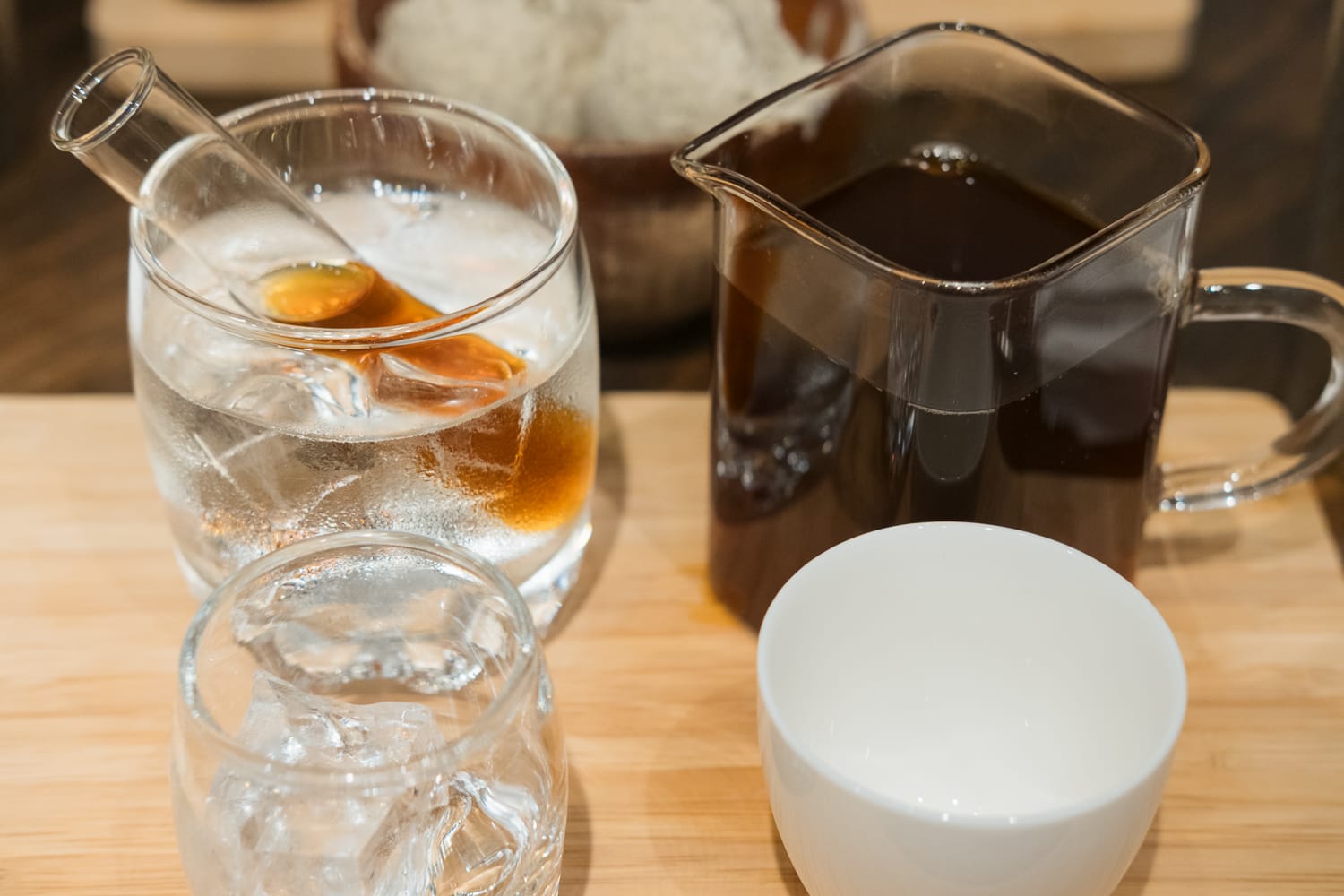
This cafe was unique in that it was a roaster and only served coffee grown in Taiwan. I ended up buying the coffee I ordered because it was that good! Like the other cafe, an order of hot coffee came with a side of cold coffee. But this time, you could refill the tube with hot coffee and keep pouring it over ice in the tiny cup.
I know I wrote many paragraphs about coffee, but I feel like the tea is also worth mentioning! Taiwan is famous for its oolong; however, since it’s a tea-growing country, you can get a cup of iced tea on the street for less than $3, and most people wouldn’t care if it was a specialty tea or not. I wanted some nice oolongs to take home and am thankful that my cousin is interested in really good tea.
She took us to her favorite tea grower, who occasionally vends at the organic farmers market. We ended up doing a tea tasting for an hour and a half. He told us, “I’m here to make friends, not to sell my tea. The everyday tea drinker here will look at my prices and think I’m really expensive. When, in fact, 80-90% of my tea is sold in Germany at four times this price.” I bought five teas and split them with my mom.
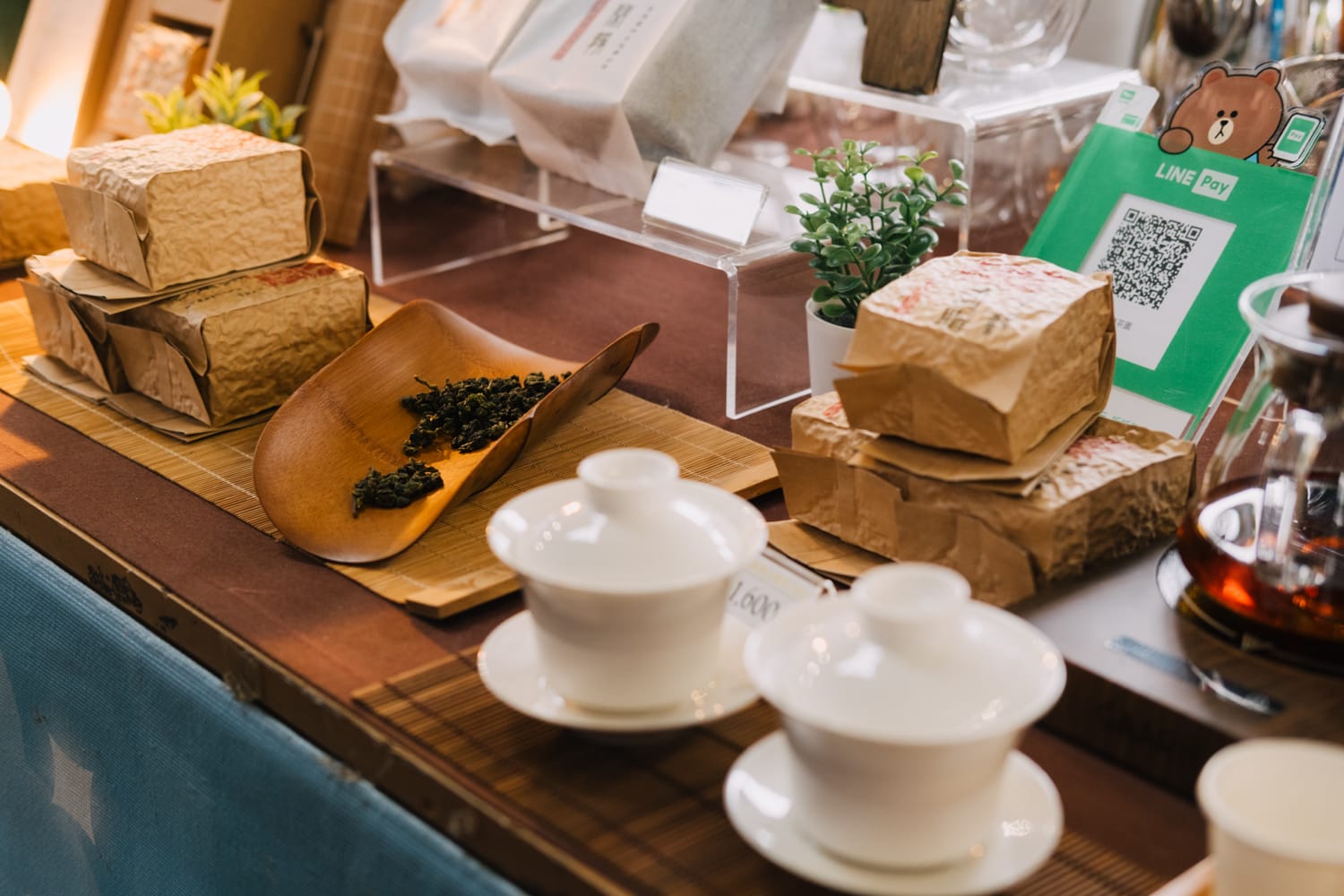
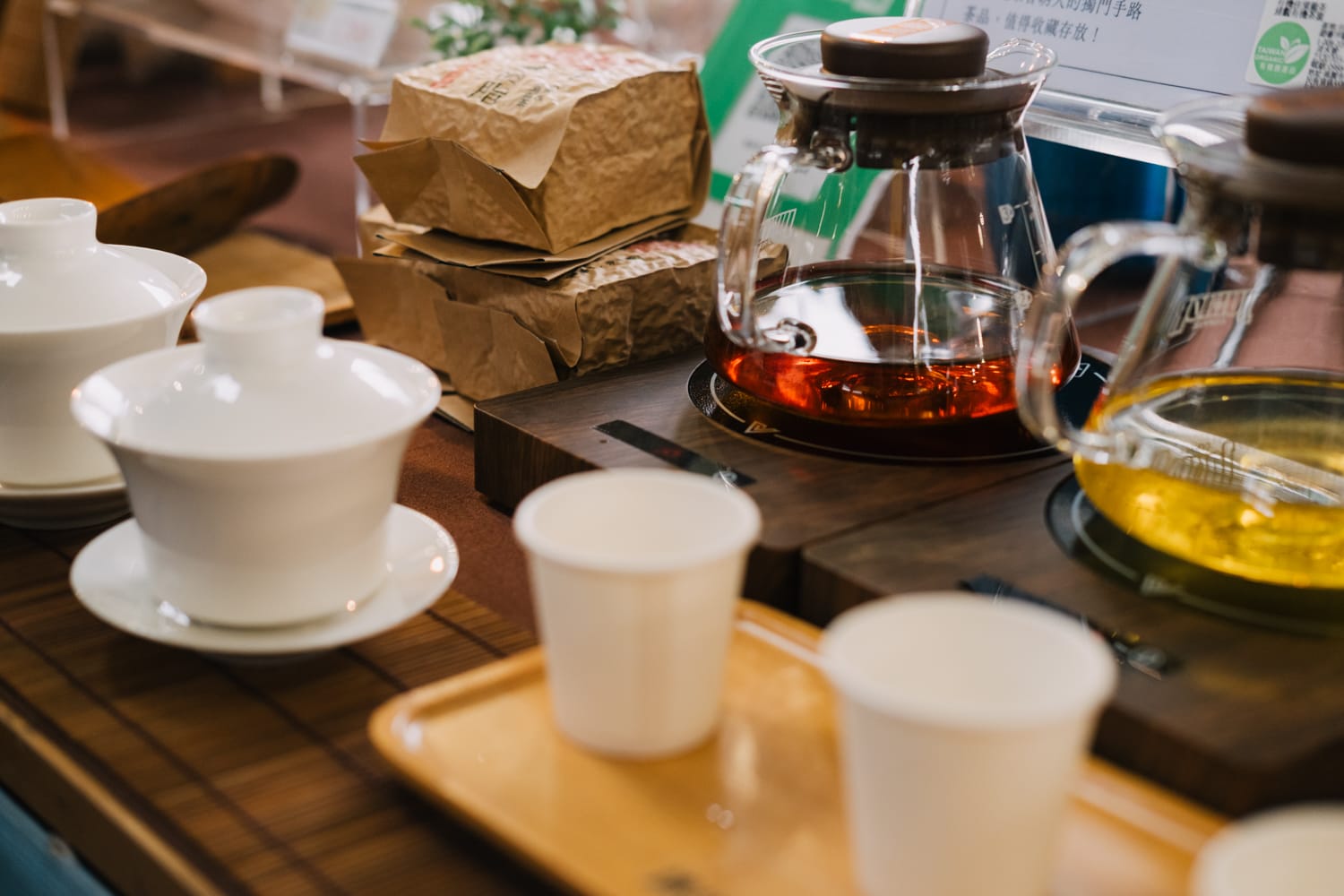
Tea!
Fun fact: up until three weeks ago, I thought that the iced tea on the street was rooibos. In a direct translation, it’s called “red tea.” But red tea from the tea plant isn’t a thing in the US. At my first barista job, someone called rooibos tea a red tea and even though it didn’t taste anything like the iced tea from my memory, I chalked it up to cultural differences. From the tea vendor, I finally learned that it’s what we call black tea. Cue “the more you know” rainbow. Thirty-plus years of thinking red tea was herbal!!

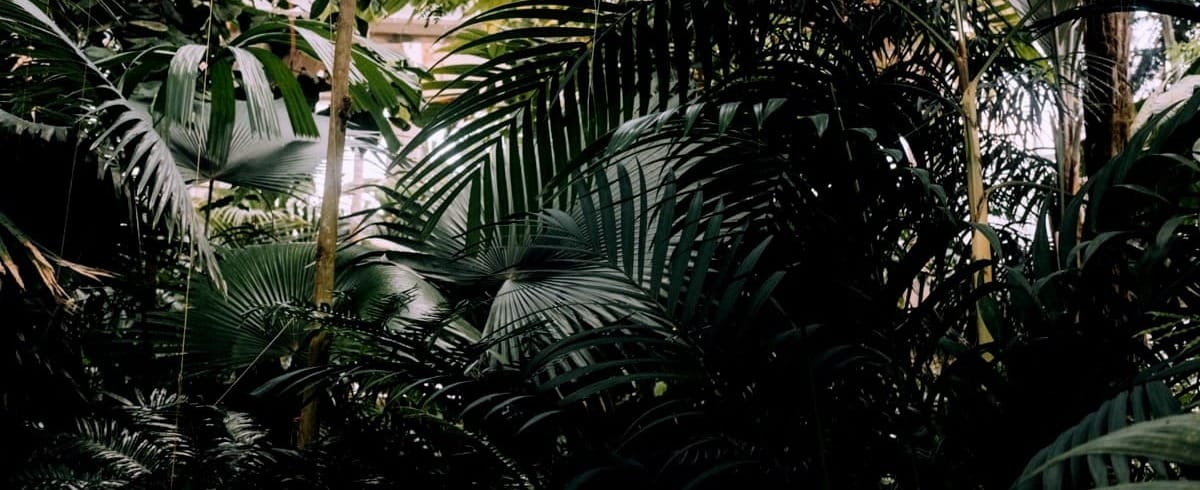
etc.
article links, recs, personal updates, and a plant feature

